The winter festivities are over and the New Year has swept in, but while many of us gave presents at Christmas, how many gave gifts at New Year?
This article highlights a tradition that has almost died out since the popularity of Christmas as a celebration increased. This volume of household lists and accounts belonged to the Newdegate Family of Arbury Hall, an estate near Nuneaton.1 Towards the middle of the volume, we find lists of gifts given and received at New Year for the periods 1614-1617 and 1621-1625.
Two swans a-roasting
New Year’s gifts were often given to servants or employees as a thank you for their work over the previous year, as well as to neighbours. This document lists around 20-30 gifts given each year, most of which are some kind of poultry. Quite a few people were given hens, ‘pullettes’ (young hens) or ‘capons’ (cockerels). A couple of lucky people were given ‘a fat goosse’ and one person was given a bottle of wine. Presumably all of these birds are intended for the table, to roast up for a feast. The prices listed for many of these gifts are surprising; most are only 4 or 6 pence (around £1.60 in today’s money).
By far the best present was for ‘old Mr. Chamberlaine’, who received the gift of a swan two years in a row. Once again, the price listed is surprising – only 1 shilling, or £4.80 in today’s money. Immediately, the thought leaps to mind: ‘I thought swans were the property of the Queen?’ However, it seems that only unmarked swans on open water were property of the Crown and nobility were able to apply for permission to own swans. Evidently, the Newdegate family were fortunate enough to own swans and chose to give one away each New Year.
A crown will be enough
A later document in the archive shows that the tradition of New Year’s gifts was still going strong a hundred years later.2 In a letter to his father, young Charles Morduant of Walton Hall writes that he has forgotten his New Year’s gift for his French master. Morduant would like his father to send the gift to him, but the younger Morduant seems a little tight-fisted. He comments how the other boys ‘say they give him [the French master] half a guin[ea] but I believe a crown will be enough’. However a crown in the early 18th century would be worth around £20 today, which is more than Mr. Chamberlaine’s swan in 1623!
This article is the Document of the Month for January 2016 at the Warwickshire County Record Office. Further articles can be found on their website
1 Warwickshire County Record Office reference CR136/A37
2 Warwickshire County Record Office reference CR1368/Vol 1/95

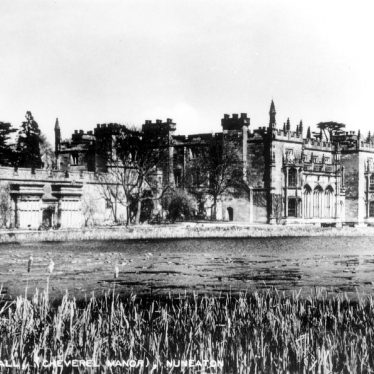
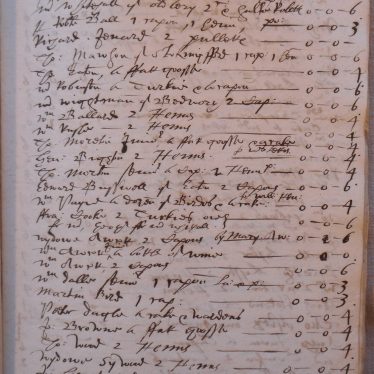
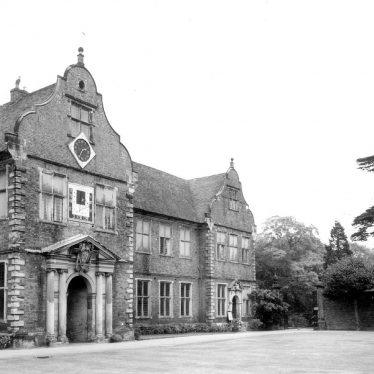
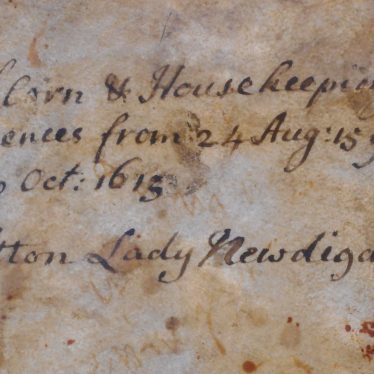
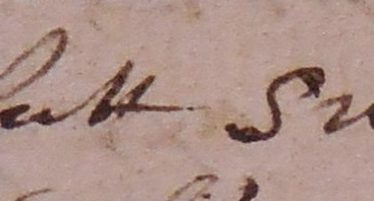
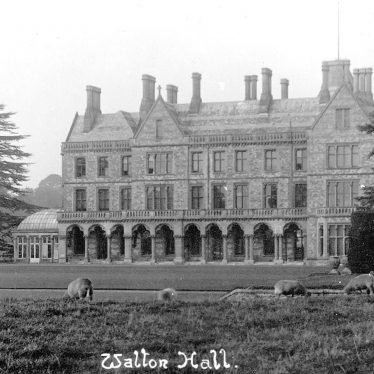






Comments
Add a comment about this page